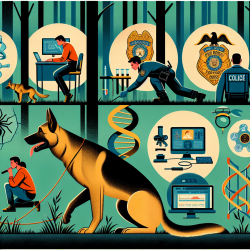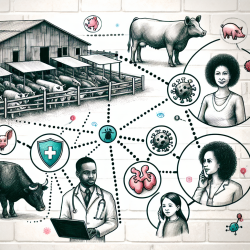The Power of Trees in Education
As practitioners dedicated to improving educational outcomes for children, we often look for innovative strategies that can make a tangible difference. Recent research has uncovered a fascinating link between the natural environment and academic performance, specifically the role of tree cover in schoolyards. This blog explores the findings from a study titled "Tree cover and species composition effects on academic performance of primary school students," which highlights how increasing tree cover can positively impact student success.
Understanding the Research
The study conducted by Sivarajah et al. (2018) analyzed data from 387 schools within the Toronto District School Board (TDSB). It examined the relationship between tree cover, tree diversity, and species composition on academic performance, while accounting for socioeconomic factors using the Learning Opportunity Index (LOI). The LOI considers variables such as income, education level, and family structure, which are known to influence learning outcomes.
Key Findings
The research revealed several important insights:
- Tree Cover Matters: The study found that tree cover was a significant positive predictor of student performance, accounting for 13% of the variance in academic assessments. This effect was particularly pronounced in schools facing high external challenges.
- Socioeconomic Factors: While socioeconomic factors had the greatest influence on academic performance, the presence of trees provided an additional boost, especially in socio-economically disadvantaged schools.
- Species Composition: Although tree diversity did not show a significant effect, the composition of tree species, particularly a mix of conifers and hardwoods, was associated with improved math scores.
Implementing the Findings
As practitioners, how can we leverage these findings to improve educational outcomes? Here are some actionable steps:
- Advocate for Urban Forestry: Encourage school boards to invest in planting and maintaining trees in schoolyards, focusing on a diverse mix of species.
- Prioritize Socio-economically Challenged Schools: Target efforts to increase tree cover in schools with higher LOI scores, where the impact on academic performance is most significant.
- Promote Outdoor Learning: Integrate outdoor activities into the curriculum, allowing students to benefit from the cognitive and emotional advantages of being in natural settings.
Conclusion
The research underscores the importance of integrating natural elements into educational environments. By increasing tree cover, particularly in schools facing socio-economic challenges, we can create a more supportive and effective learning environment for children. For those interested in delving deeper into the research, you can read the original paper Tree cover and species composition effects on academic performance of primary school students.










